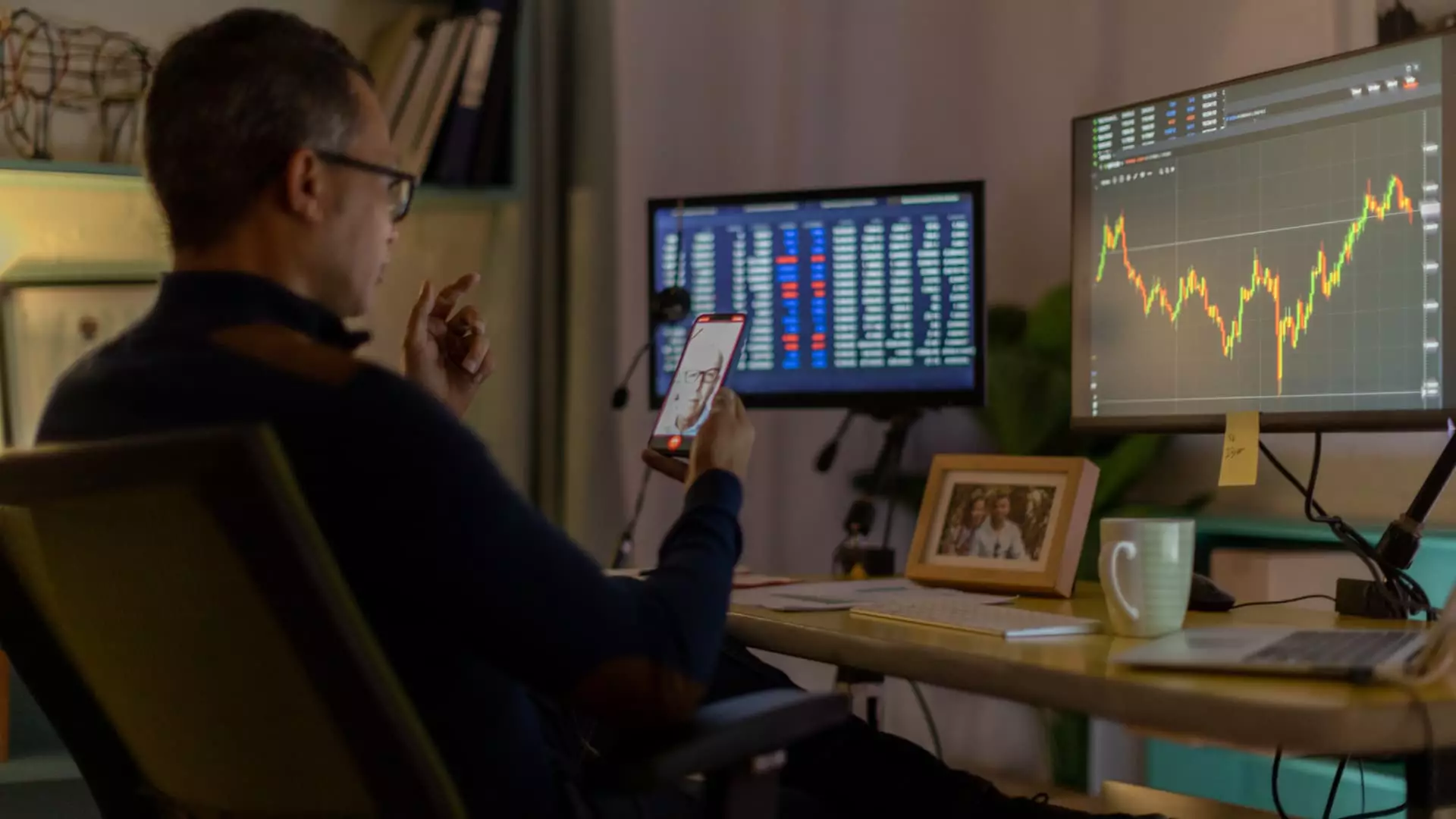Investing in the stock market can often feel like navigating a rollercoaster ride, particularly in times of uncertainty. As markets fluctuate with the impact of political decisions, economic variables, and global events, one must adopt a more proactive stance to safeguard investments. President Trump’s unwavering tariff policies and their subsequent effects on market stability have increased risks significantly. Consequently, investors may want to explore alternatives that not only sustain investments but also offer a shield during significant market downturns.
Understanding the Risks: A High-Stakes Game
Recent developments have thrust the stock market into a precarious position. The S&P 500 recently dipped into correction territory, illustrating just how sensitive markets are to macroeconomic factors. Investors have witnessed firsthand the downward spiral as Trump’s trade decisions reverberate through the economy. In an age where volatility is reigning supreme, safeguarding investments becomes paramount. Retail investors, often driven by emotion and quick profits, may oversubscribe to high-risk, speculative trades, underscoring a critical disconnect between risk management and investment strategy.
The allure of leverage and inverse exposure to high-profile stocks like Tesla and Nvidia captivates many. Yet, these options can spiral into catastrophic losses, particularly during downswings. The urgency to act quickly can lead to miscalculations that haunt portfolios long after the market corrects itself. Thus, investors need to reassess their strategies and embrace a more nuanced approach that weighs risk against potential returns.
The Rise of Non-Traditional ETFs: A Double-Edged Sword
Alternative exchange-traded funds (ETFs) have received increasing interest amidst this climate of uncertainty. Contrary to the fascination with high-risk trading, institutional investors are leaning toward buffer and covered call funds—strategies that focus on downside protection rather than aggressive gain. The contrast in investment focus reveals a broader trend where retail investors often find themselves chasing high returns while overlooking effective safeguards.
Covered call funds are making strides in popularity, especially as staggering volatility prompts a shift toward generating consistent income. The strategy allows investors to sell call options to generate premium income, which can serve as a buffer against downturns. Furthermore, investment firms, including Goldman Sachs, have developed ETFs that encapsulate these strategies, thus catering to the evolving needs of today’s investors.
Buffer ETFs: A Safety Net for the Cautious Investor
For those who remain wary of market fluctuations, buffer ETFs present a fascinating solution. The U.S. Large Cap Buffer 3 ETF (GBXC) is a prime example, designed to cap potential losses while simultaneously limiting upside gains. By shielding against the initial 5% to 15% of losses, these funds encourage a more thoughtfully constructed portfolio that prioritizes volatility reduction over sheer profit. While the trade-off typically results in capped gains, the reduced anxiety associated with market downturns offers an appealing prospect for long-term investors.
Investing isn’t merely a matter of maximizing returns; it’s equally about preserving capital and maintaining peace of mind. When the market weathers turbulent conditions, the right buffer strategy can mean the difference between knee-jerk reactions and steadfast commitment. Both buffer and covered call strategies boast substantial assets under management, signifying a growing recognition of their value in today’s unpredictable landscape.
Forward-Thinking Investment Strategies for Today’s Climate
Investors must find themselves at a critical juncture—adopt conventional strategies of high-risk trading or pivot toward a more protective investment methodology that aligns with long-term goals. Alternative ETFs like covered calls and buffers do not merely offer a retreat from volatility; they prompt deeper engagement with asset management. Traditional risk-heavy investing is losing its luster, giving way to strategies that prioritize sustainability and consistent income.
Investment philosophies are shifting, and it’s becoming increasingly evident that the ‘buy and hold’ mentality of yesteryear no longer suffices. Instead, savvy investors must embrace a multifaceted approach that skillfully blends income strategies with defensive positions. The elevation of diversified and carefully structured portfolios can provide an avenue to navigate through market storms, reshaping what it means to invest wisely in an era defined by uncertainty.


Leave a Reply